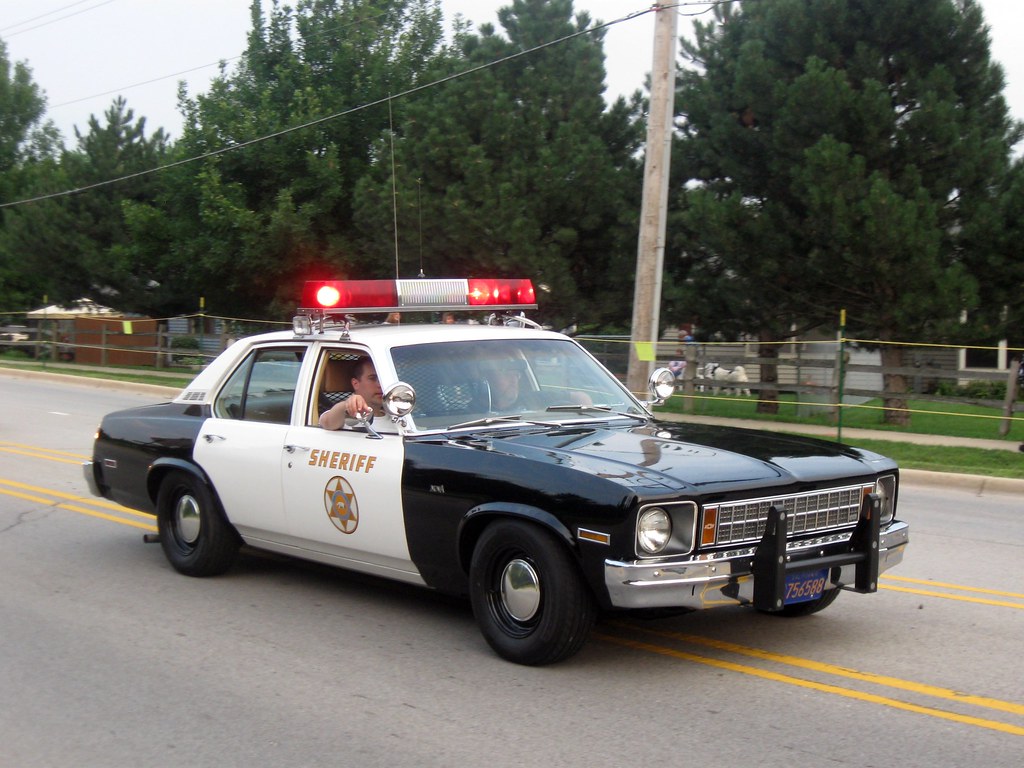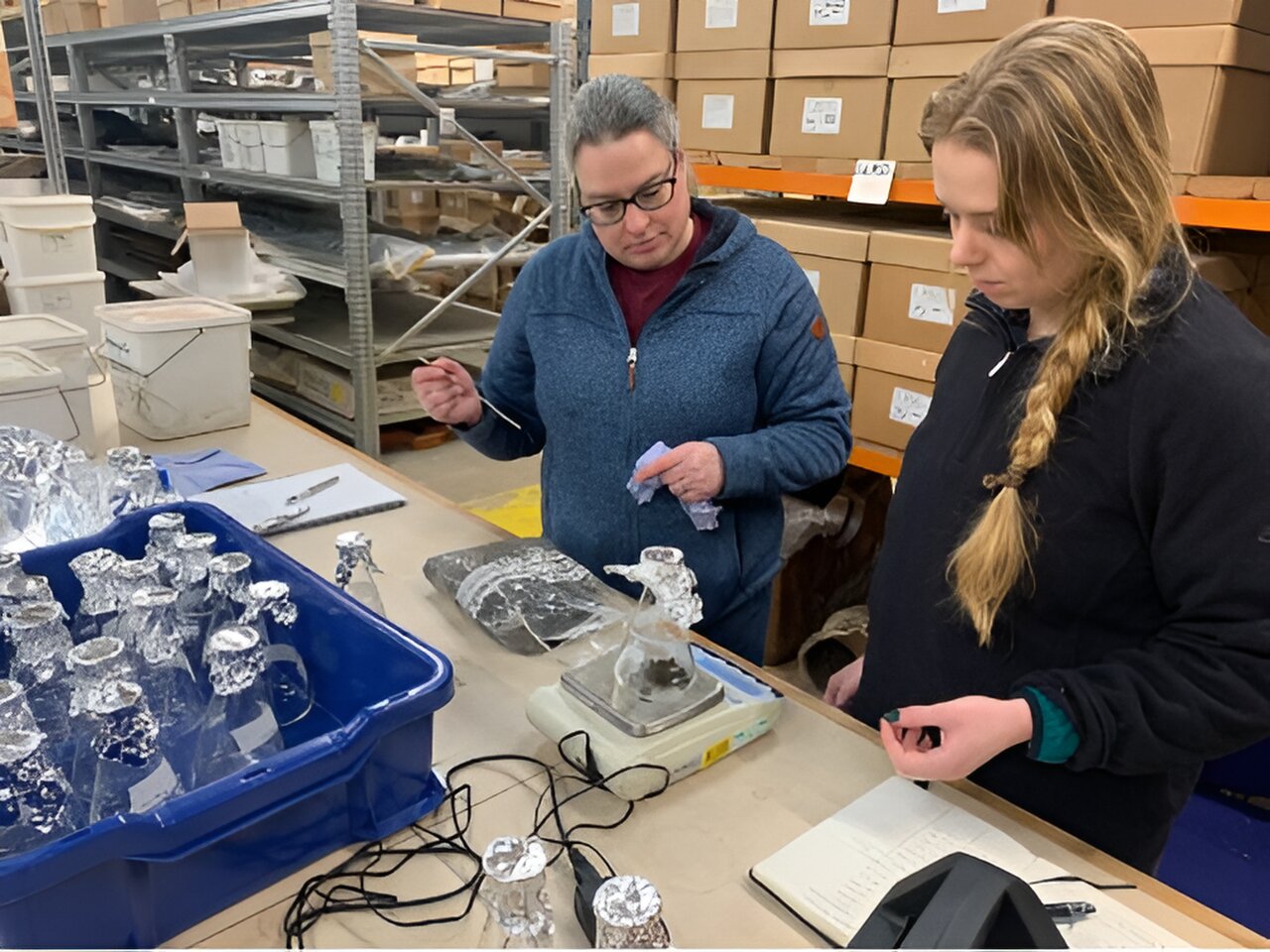Before diving into the perplexing Los Angeles County John Doe case, it’s crucial to understand that while there are no graphic images involved, the circumstances can be quite unsettling. The lack of accessible information only deepens the mystery surrounding this case, highlighting the urgent need for more public insights to shed light on the unknown.

Background
The investigation, which began on September 9, 2003, remains a baffling puzzle for authorities, as human remains were discovered in a residential garage in Santa Monica, California. Among the remains was the body of an older black male believed to be between 65 and 85 years old, with shocking details like his dismembered and embalmed head and neck complicating matters. Key details such as height, weight, and cause of death remain elusive due to the incomplete nature of the remains, with the NamUs website confirming he died in the same year he was found.
This sad discovery was made in an odd place—the garage, which had not been a dental office for more than 50 years. The remains may have belonged to a medical cadaver, according to the Los Angeles County Medical Examiner’s website, but there are still unanswered concerns given how long it has been since the garage was used as a dentist office. Was the date of death erroneous in some way, or was the information about the years the dental business was open wrong? Or was there a darker reason why these remains might have been found?
We have a long list of unresolved questions on the case. John Doe, who was he? What caused him to pass away? How did his remains get to be in this state and place? What about the rest of his body? The peculiarity of the case is evident despite the paucity of information.
The Final Resting Place
When John Doe’s remains were discovered, he was buried nameless in a pauper’s graveyard in Imperial County, ending his journey in a basic coffin marked only with a coroner’s case number. This graveyard is a somber place where numerous unidentified individuals rest, each story untold, reflecting the anonymity that shadows many similar cases and the lives lost without recognition.
Imperial County’s Deadly Terrain
Imperial County, California, is notorious for migrant fatalities due to its harsh desert environment combined with irrigation infrastructure, creating a deadly situation for many. The growing number of immigrant deaths has led to a grim industry that strains local coroners, funeral services, and cemetery workers, prompting even the county coroner’s office to acquire a four-wheel-drive truck to navigate the perilous desert in search of bodies.
The funeral parlor in Brawley, which also serves as a morgue, often finds itself overwhelmed with the remains of unidentified migrants. This rising trend has sparked discussions about the necessity of constructing a dedicated morgue facility, while Mexican consular officials find themselves overburdened, frequently relying on personal belongings or clothing to identify the deceased and trace their families.
The Case of the Recently Buried John Doe
In one incident, the remains of a man were found in a remote desert wash, likely a victim of both the harsh environment and scavenging animals. Despite efforts by the Mexican Consulate and the coroner’s office to identify him, they were unsuccessful; his autopsy revealed he drowned, yet identification proved challenging due to the absence of a centralized fingerprint database in Mexico.
The Struggle for Identification
Identification of deceased migrants is a challenging task. The duty of the Mexican Consulate and the coroner’s office is made more difficult by the fact that many people do not have identification in order to avoid being discovered by U.S. officials. They put forth a lot of effort to speak for the deceased by contacting possible relatives and assembling hints from personal belongings.
The Toll on Imperial County
The Imperial County community has suffered as a result of the migrant deaths. Funeral homes bear the responsibility of burying and storing the unidentified, while the public administrator’s office of the county is frequently left to handle the remains. To facilitate identification attempts, activists have demanded the creation of a DNA database.
Results
The Los Angeles County John Doe case serves as a poignant reminder of the countless anonymous lives lost in obscurity. It highlights the challenges faced by those tasked with unraveling the mysteries of their final moments, reminding us of the inherent value of every human life and the critical need to seek answers, regardless of how difficult they may be.
The Broader Impact: Unidentified Persons and the Challenges They Present
The case of John Doe in Los Angeles County on September 9, 2003, serves as a dramatic representation of a much larger and often overlooked problem: unidentified person cases and the issues they create for society. Partial embalmed remains found inside a residential garage are not only a mystery but a problem of unidentified people who quite often are migrants who die on their journey to a better life.
The phenomenon of unidentified persons is not unique to Los Angeles County, or even to the United States. All over the world, every year, untold numbers disappear, leaving behind a family and community that must live in perpetual uncertainty. The motives for their disappearances are as varied as the individuals themselves, ranging from voluntary disappearance to accidents, natural disasters, and, more sinisterly, foul play or human trafficking.
To migrants, sometimes it becomes hazardous for them to cross borders. The Imperial County coroner’s office-four-wheel-drive pickup truck stands in testimony to the dangerousness presented to migrants. The desert does not forgive, and the irrigation channels have emerged as the deadliest spot on the U.S.-Mexico border for migrants. The number of migrant deaths has strained not only local coroners and funeral homes but exposed the need to have more procedures for better identification, support systems in place.
Identifying the deceased presents one of the most frustrating and complex challenges. Many migrants travel without identification to evade U.S. authorities, complicating the diligent work of coroners and Mexican consulate officials as they strive to piece together clues from personal belongings and reach out to potential relatives. Difficulties are compounded by the lack of a centralized fingerprint database in Mexico and inconsistent access to dental records.
The financial burden on communities like Imperial County is significant, as funeral homes often bear the responsibility for storing and burying unidentified individuals. Typically, the processing of remains falls to the county public administrator’s office, leading activists to advocate for a DNA database that would aid in identifying these individuals, providing a measure of solace to the families left behind and offering them a sense of closure.
The case of the Los Angeles County John Doe also brings up questions about ethics in handling human remains. That such remains were thought to be a medical cadaver hints at the dissociation of respect for the dead with the realities of medical education and research. It is important that bodies donated for medical purposes are accorded respect and their eventual disposal done in a dignified manner.
The case of the Los Angeles County John Doe underscores a broader issue concerning unidentified individuals. It reveals the vital role of international cooperation in addressing the complex challenges of migration, identification, and preserving dignity for the deceased. As we ponder this case and countless others like it, one undeniable truth comes to the forefront: the intrinsic value of human life and the persistent drive to uncover answers, no matter how elusive they may be. The story of John Doe transcends a mere mystery and calls for proactive measures and greater compassion in the treatment of unidentified and lost individuals.





